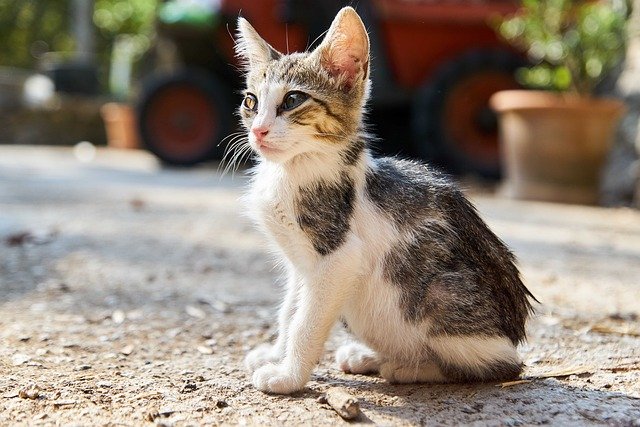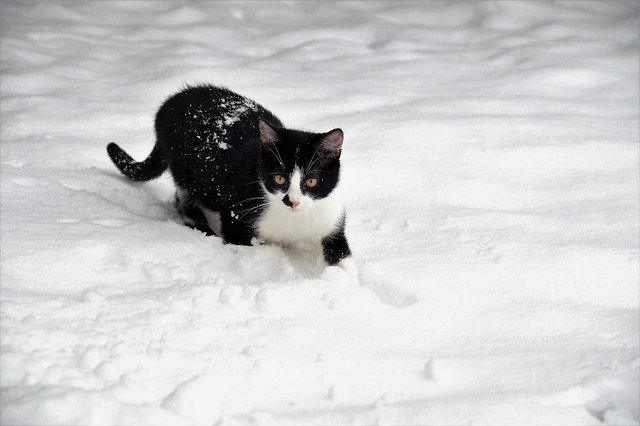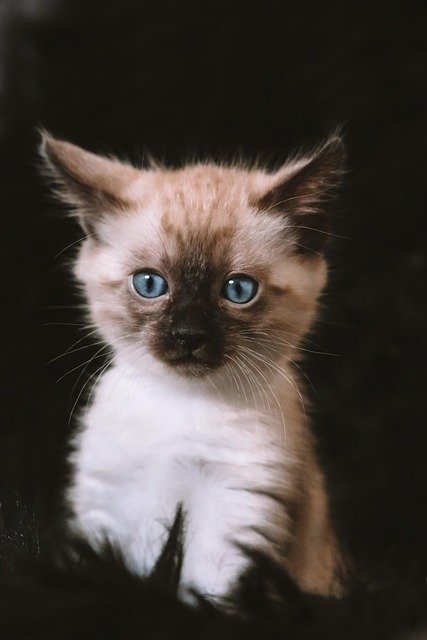How to Recognize Early Signs of Feline Leukemia in Kittens – A Life-Saving Guide
Estimated reading time: 8 minutes

Key Takeaways
- Feline leukemia (FeLV) weakens a kitten’s immune system, making them prone to infections
- Early detection is critical, especially for kittens under 6 months old
- Watch for symptoms like lethargy, weight loss, fever, and swollen lymph nodes
- Testing (ELISA, IFA, PCR) is the only way to confirm FeLV
- Prevention through vaccination and indoor living is key
Table of Contents
- Understanding Feline Leukemia (FeLV) in Kittens
- How to Recognize Early Signs of Feline Leukemia in Kittens
- Diagnostic Testing for Feline Leukemia
- Preventive Feline Healthcare for 2025
- Conclusion
- Frequently Asked Questions
Understanding Feline Leukemia (FeLV) in Kittens
Feline leukemia is a virus that attacks white blood cells, leading to:
- Anemia (low red blood cells)
- Cancer (like lymphoma)
- Immune system failure (more infections)
How Do Kittens Get FeLV?
The virus spreads through:
- Saliva (shared bowls, grooming)
- Blood (bites, scratches)
- Mother-to-kitten (during birth or nursing)
Kittens under 6 months old are most at risk because their immune systems aren’t strong yet (WebMD). For more on kitten health risks, explore our guide on how to help a constipated kitten.
How to Recognize Early Signs of Feline Leukemia in Kittens
FeLV symptoms can be subtle at first. Watch for these kitten viral infection symptoms:
- Lethargy – Less playful, sleeps more
- Weight loss – Eats normally but still gets thinner
- Fever – High temperature that won’t go away (Cornell Feline Health Center)
- Swollen lymph nodes – Lumps near neck or legs
- Recurrent infections – Constant colds, skin issues, or bladder infections (Bliss Animal Hospital)

Advanced Symptoms (Later Stages)
- Pale or yellow gums (sign of anemia)
- Breathing problems (due to lung infections)
- Seizures or wobbling (if the virus affects the brain)
⚠ Important: These signs can look like other illnesses. Testing is the only way to confirm FeLV. For broader feline health insights, read our senior cat health guide.
Diagnostic Testing for Feline Leukemia (Cat Blood Testing Protocols)
Vets use three main tests to detect FeLV:
- ELISA Test – Checks for FeLV proteins in blood. Fast and done in-clinic (WebMD)
- IFA Test – Confirms long-term infection (done in a lab)
- PCR Test – Finds viral DNA (for tricky cases)
When Should Kittens Be Tested?
- First test – At adoption or if symptoms appear
- Retest in 30 days – If exposed but no symptoms (Limerick Vet)
For more on proactive pet care, see our preventive feline healthcare tips.
Preventive Feline Healthcare for 2025
Preventing FeLV is easier than treating it. Here’s how to protect your kitten:
- Vaccination – FeLV shots for high-risk kittens (WebMD)
- Indoor Living – Keeps them away from infected cats. Learn how to create a pet-friendly home for safety
- Regular Vet Visits – Early detection saves lives
2025 Prevention Trends
- Better vaccines (stronger protection)
- At-home test kits (faster results)

Conclusion: Act Fast to Protect Your Kitten
Now that you know how to recognize early signs of feline leukemia in kittens, here’s what to do:
- Watch for symptoms (lethargy, weight loss, fever)
- Get tested ASAP (ELISA or IFA blood tests)
- Prevent future risks (vaccines + indoor living)
FeLV is serious, but early action gives your kitten the best chance. For more emergency care insights, review our pet first aid guide.
Next Steps:
- Call your vet if your kitten shows symptoms
- Ask about FeLV vaccines at their next check-up
Frequently Asked Questions
How contagious is FeLV?
FeLV is highly contagious among cats, especially through close contact like grooming or sharing food bowls. However, it doesn’t spread to humans or other animals.
Can adult cats get FeLV?
While kittens are most vulnerable, adult cats can contract FeLV too, especially if unvaccinated or with weakened immune systems.
Is FeLV curable?
There’s no cure for FeLV, but with proper care, some cats can live for years. Early detection and management are crucial for quality of life.
